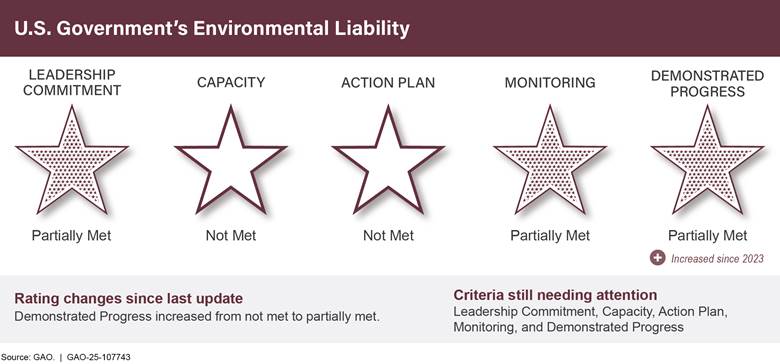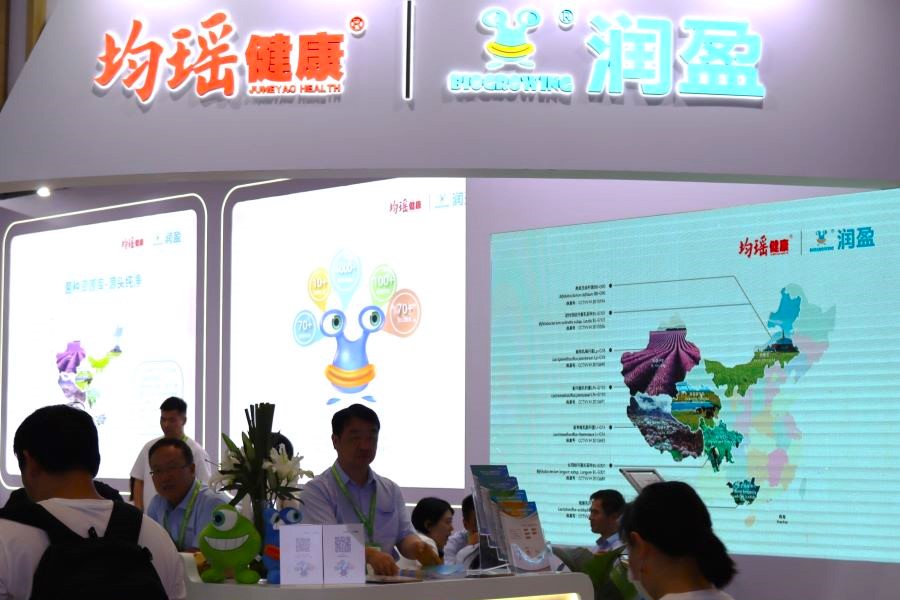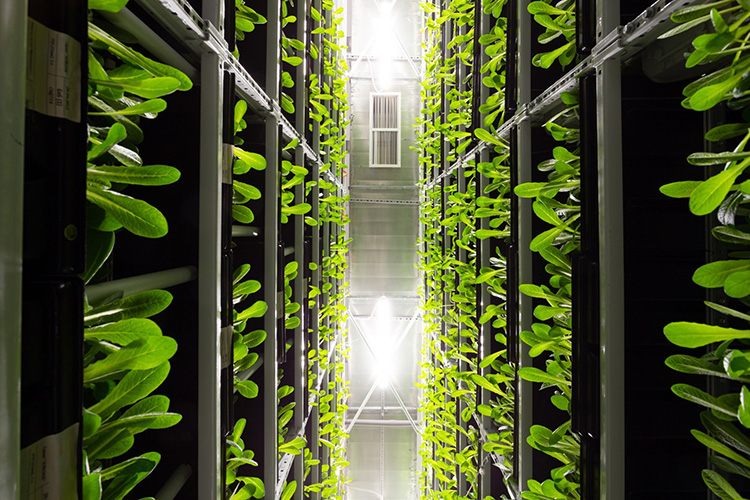Report on National Recognition for Sustainable Agriculture Journalism
Introduction
This report details the national award received by KBIA-FM, the University of Missouri School of Journalism’s public radio station, for its series “The Next Harvest.” The report will analyze the series’ content and its significant alignment with the United Nations Sustainable Development Goals (SDGs), particularly those concerning food security, economic growth, sustainable production, and climate action.
Project and Recognition Details
National Award and Commendation
KBIA-FM was awarded first place in the Series category at the national Public Media Journalists Association Awards. This recognition was for “The Next Harvest,” a comprehensive series addressing the multifaceted challenges within the Midwest’s agricultural sector. The series has also received a regional Edward R. Murrow Award, with potential for further national honors.
Series Overview: “The Next Harvest”
The seven-part series, reported and produced by Jana Rose Schleis, investigates the environmental and economic pressures on modern agriculture. The production involved extensive fieldwork, including interviews with farmers, scientists, and researchers across Missouri. This initiative exemplifies the “Missouri Method” of hands-on, experiential learning, where station staff both produce content and mentor students. The series’ primary objective was to explore pathways toward making agriculture more resilient, both ecologically and economically, directly supporting a sustainable future.
Alignment with Sustainable Development Goals (SDGs)
The “The Next Harvest” series demonstrates a profound commitment to advancing the Sustainable Development Goals through impactful journalism. The core themes of the series are intrinsically linked to the global agenda for sustainability.
Primary SDG Contributions
- SDG 2: Zero Hunger: By focusing on the resilience and sustainability of agriculture, the series directly addresses the foundations of food security. It explores innovative practices required to maintain and increase food production in the face of environmental and economic challenges, contributing to the goal of ending hunger.
- SDG 12: Responsible Consumption and Production: The series’ central theme is the promotion of sustainable farming. It highlights the work of individuals and organizations striving to create agricultural systems that are both ecologically sound and economically viable, which is the essence of sustainable production patterns.
- SDG 8: Decent Work and Economic Growth: “The Next Harvest” examines the economic viability of farming, a critical component of rural livelihoods. By investigating the “economics of sustainable farming,” the series contributes to the discourse on creating inclusive and sustainable economic growth for agricultural communities.
- SDG 13: Climate Action: The series confronts the environmental challenges facing agriculture, many of which are linked to climate change. Its focus on building ecological resilience in farming is a direct contribution to climate action, promoting agricultural practices that can adapt to and mitigate climate impacts.
Secondary SDG Contributions
- SDG 4: Quality Education: The project is a product of the University of Missouri School of Journalism, showcasing how higher education institutions can train professionals to report effectively on complex sustainability issues. The “Missouri Method” serves as a model for quality, hands-on education.
- SDG 17: Partnerships for the Goals: The creation of the series represents a multi-stakeholder partnership, bringing together media (KBIA), academia (University of Missouri), farmers, and scientific researchers to disseminate critical information and foster dialogue on sustainable development.
Analysis of Sustainable Development Goals (SDGs) in the Article
1. Which SDGs are addressed or connected to the issues highlighted in the article?
- SDG 2: Zero Hunger: The article’s central theme is agriculture, specifically a series called “The Next Harvest” that focuses on making agriculture “more resilient — ecologically and economically.” This directly relates to promoting sustainable agriculture to ensure food security.
- SDG 4: Quality Education: The article highlights that the award-winning series was produced by KBIA-FM, the radio station of the University of Missouri School of Journalism. It mentions that staff help “students perform hands-on reporting as part of the Missouri Method of learning by doing.” The series itself serves as an educational tool for the public (“community-centered reporting that matters to mid-Missourians”) on the topic of sustainable agriculture.
- SDG 8: Decent Work and Economic Growth: The report covers the “economic challenges” and the “economics of sustainable farming.” This connects to ensuring the economic viability of farming as a livelihood and promoting sustainable economic practices within the agricultural sector.
- SDG 12: Responsible Consumption and Production: The focus on “sustainable farming” and making agriculture “ecologically… resilient” is directly aligned with the goal of establishing sustainable production patterns.
- SDG 13: Climate Action: The article mentions the need for agriculture to be “ecologically… resilient.” This implies building resilience and adaptive capacity to the impacts of climate change, which poses significant environmental challenges to the agriculture industry.
- SDG 17: Partnerships for the Goals: The reporter for the series interviewed a wide range of stakeholders, including “farmers, scientists, researchers and advocates,” highlighting the multi-stakeholder partnerships necessary to achieve sustainable agriculture.
2. What specific targets under those SDGs can be identified based on the article’s content?
- Target 2.4: “By 2030, ensure sustainable food production systems and implement resilient agricultural practices…” The article’s focus on a series about “sustainable farming” and making agriculture “more resilient — ecologically and economically” directly addresses this target.
- Target 4.7: “By 2030, ensure that all learners acquire the knowledge and skills needed to promote sustainable development…” The radio series educates the public on sustainable agriculture, and the journalism school provides students with “hands-on reporting” experience on this topic, contributing to education for sustainable development.
- Target 12.8: “By 2030, ensure that people everywhere have the relevant information and awareness for sustainable development…” The radio series “The Next Harvest” is a clear example of a public media initiative aimed at providing the public with information and raising awareness about sustainable agriculture and its challenges.
- Target 13.1: “Strengthen resilience and adaptive capacity to climate-related hazards and natural disasters in all countries.” The series’ goal to find “ways to make agriculture more resilient — ecologically” is a direct response to the need for agriculture to adapt to environmental challenges, many of which are climate-related.
3. Are there any indicators mentioned or implied in the article that can be used to measure progress towards the identified targets?
- Implied Indicator for Target 2.4: The article discusses a series that examines “ways to make agriculture more resilient.” This implies that the series reports on the proportion of agricultural area under productive and sustainable agriculture, a key indicator (2.4.1) for this target, by showcasing farmers who are implementing such practices.
- Implied Indicator for Target 4.7 / 12.8: The existence of the award-winning radio series “The Next Harvest” serves as an indicator. Progress can be measured by the number of educational media programs produced and broadcasted on sustainable development topics. The national awards won by the series suggest a high level of quality and reach, which are also measurable aspects.
- Implied Indicator for Target 4.7: The article mentions that journalism students “perform hands-on reporting.” This points to an indicator such as the number of students enrolled in or completing programs related to sustainable development journalism.
4. Table of SDGs, Targets, and Indicators
| SDGs | Targets | Indicators (Implied from Article) |
|---|---|---|
| SDG 2: Zero Hunger | 2.4: Ensure sustainable food production systems and implement resilient agricultural practices. | Reporting on the adoption of sustainable and resilient farming practices by farmers in Missouri. |
| SDG 4: Quality Education | 4.7: Ensure all learners acquire knowledge and skills needed to promote sustainable development. | Number of students participating in hands-on reporting on sustainable agriculture; Production of educational media for the public. |
| SDG 12: Responsible Consumption and Production | 12.8: Ensure people have relevant information and awareness for sustainable development. | The creation and national recognition of the radio series “The Next Harvest” as a tool for public awareness. |
| SDG 13: Climate Action | 13.1: Strengthen resilience and adaptive capacity to climate-related hazards. | Showcasing methods and strategies to make agriculture ecologically resilient to environmental challenges. |
| SDG 17: Partnerships for the Goals | Strengthen the means of implementation and revitalize the Global Partnership for Sustainable Development. | Collaboration shown in the series between farmers, scientists, researchers, and advocates. |
Source: showme.missouri.edu







